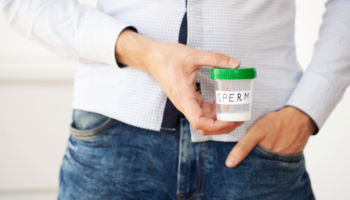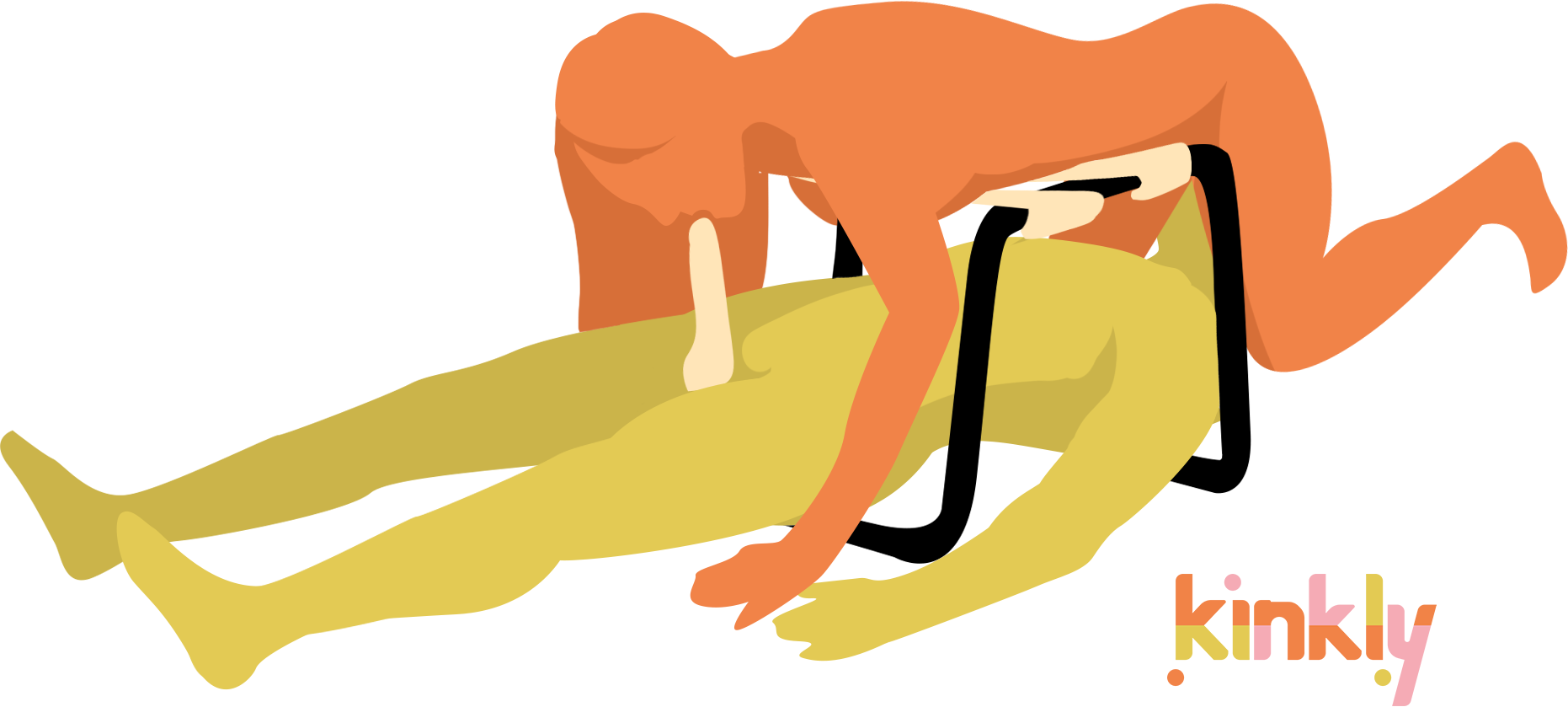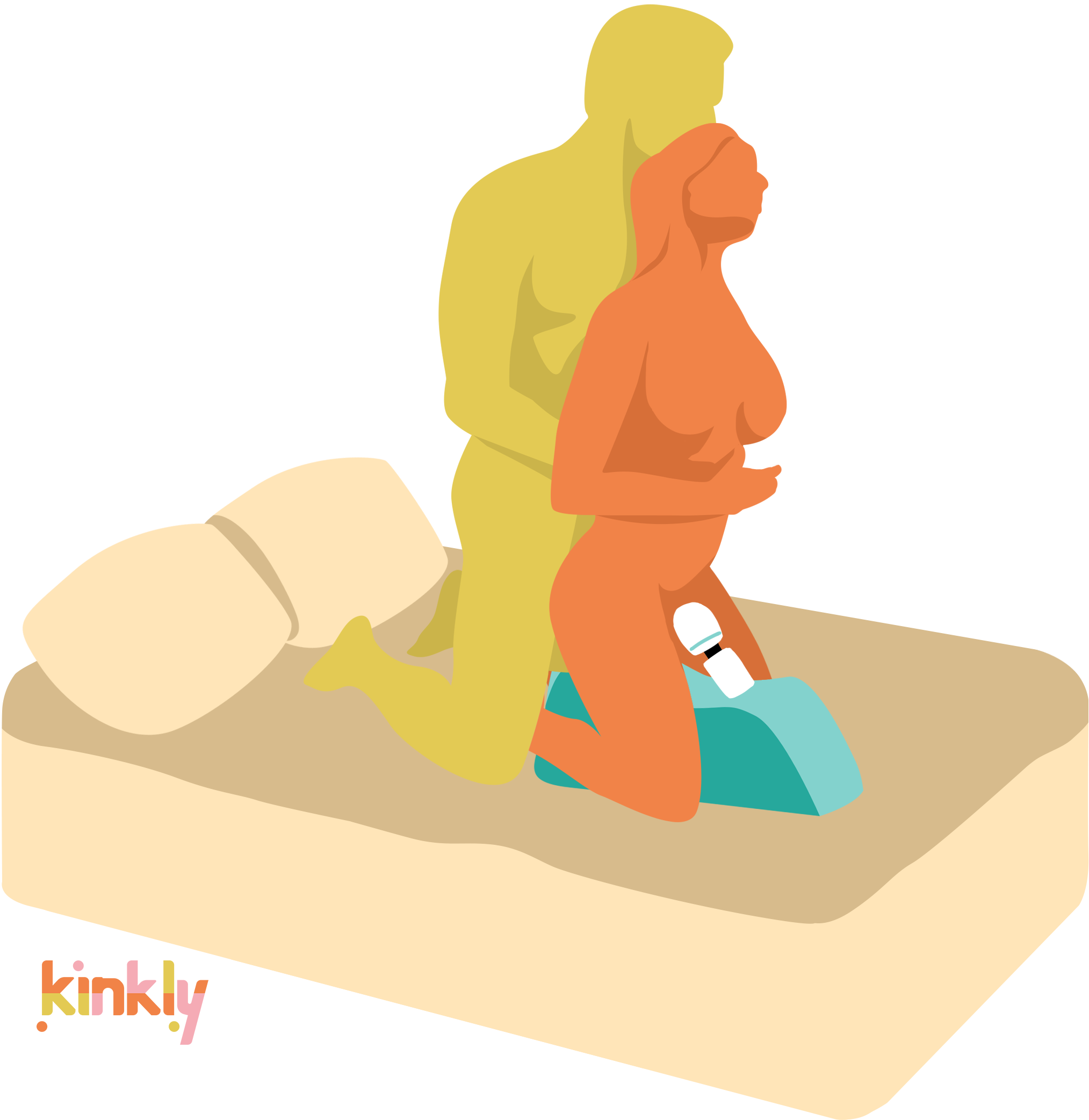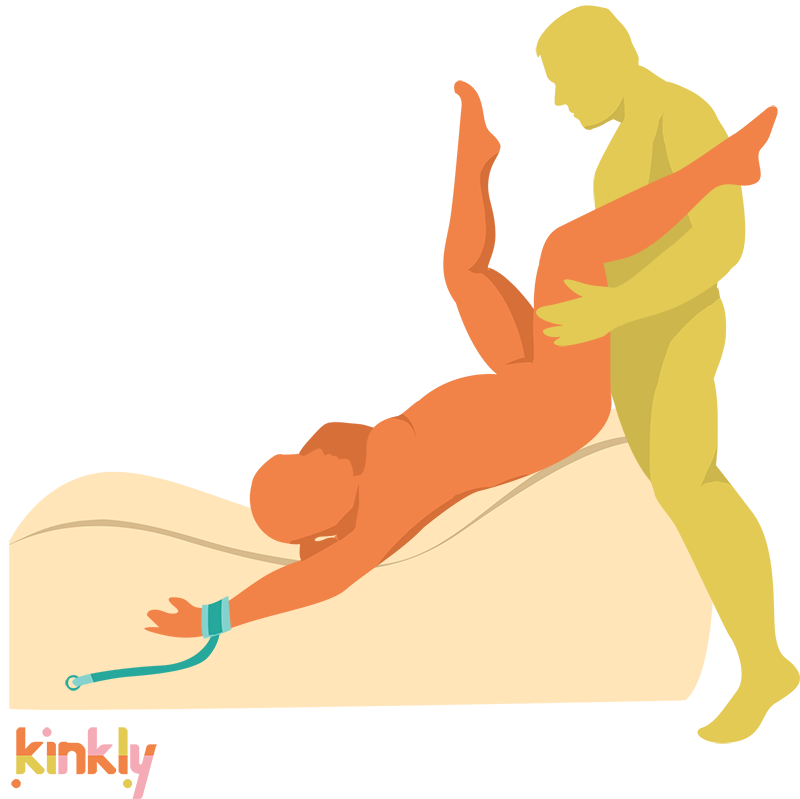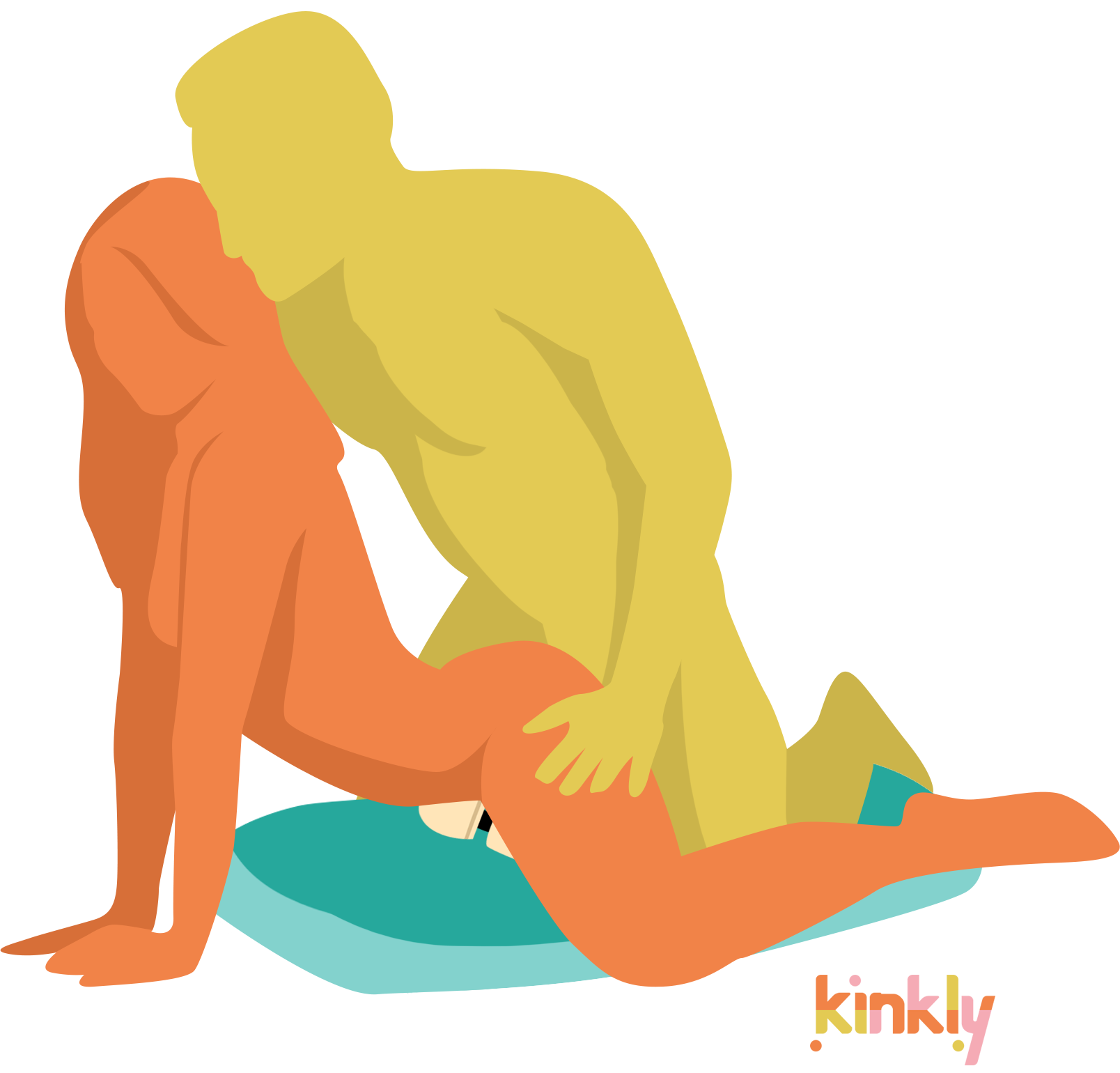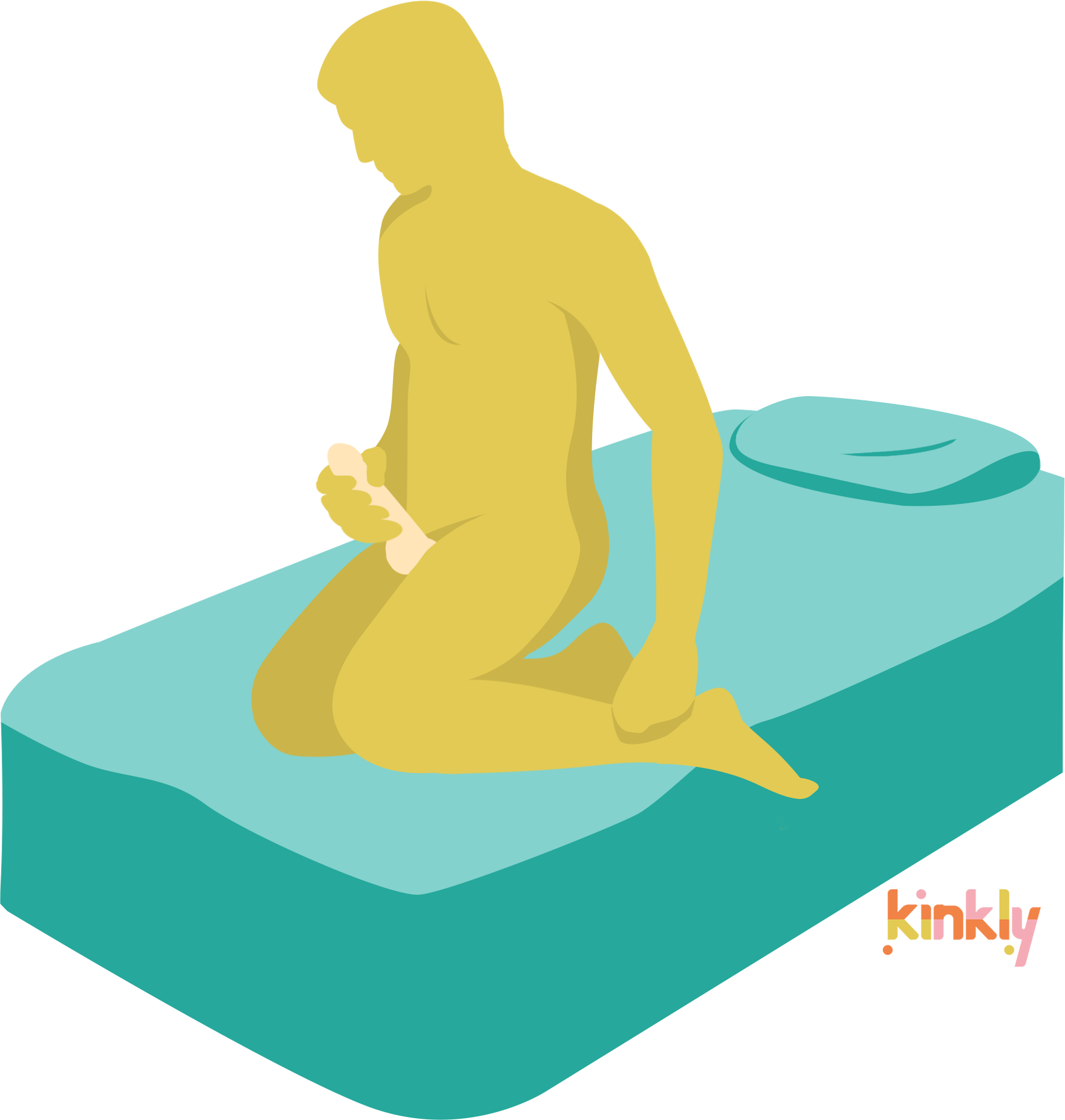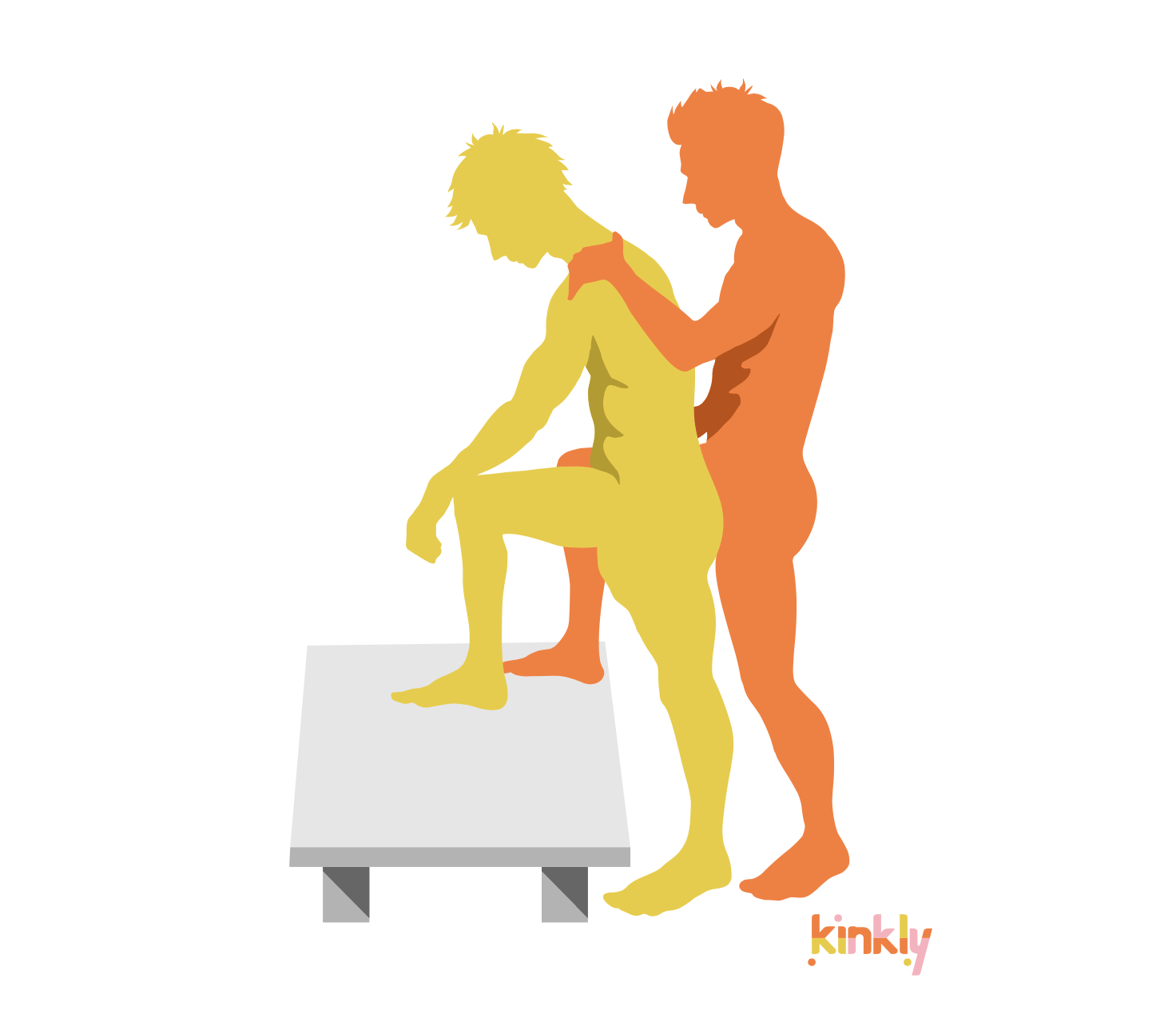Sexual aversion disorder is a psychological condition that causes people to feel distressed about sexual contact. People with sexual aversion disorder feel fearful of sexual intercourse and, as a result, avoid situations that may lead to sexual interactions. The condition was officially recognized as a sexual disorder in 1984.
Sexual aversion disorder should not be confused with a loss of desire caused by normal factors like menopause, recent childbirth, stress, or grief. It is regarded as the most severe form of sexual desire disorder.
More About Sexual Aversion Disorder
When faced with sexual situations, people with sexual aversion disorder behave much like people with phobias. They may feel anxious or fearful and have physical symptoms like sweating, dizziness, nausea, and a rapid heart rate.
Some people with sexual aversion disorder seek emotionally intimate relationships with other people, while others avoid these relationships entirely for fear of them turning sexual. Sexual aversion can take a real toll on any emotional relationships, as parties without sexual aversion disorder can become hurt by their partners’ reactions to their body and sexual advances.
Many people with sexual aversion disorder are repulsed by the bodies or genitals of the people they would typically form emotional relationships with. For example, a heterosexual male with sexual aversion disorder may find the smell or look of vaginas distasteful.
Past trauma, such as sexual abuse, incest, or harmful attitudes about sex passed down from parents, can cause sexual aversion disorder. The condition may also come about due to fears of the potential consequences of sex, such as pregnancy, sexually transmitted infections, and poor sexual performance.
People with sexual aversion disorder may learn to develop a healthy attitude to sex through intensive counseling. Desensitization techniques, cognitive therapy, sexual education, and other approaches may be beneficial for people with sexual aversion therapy.

